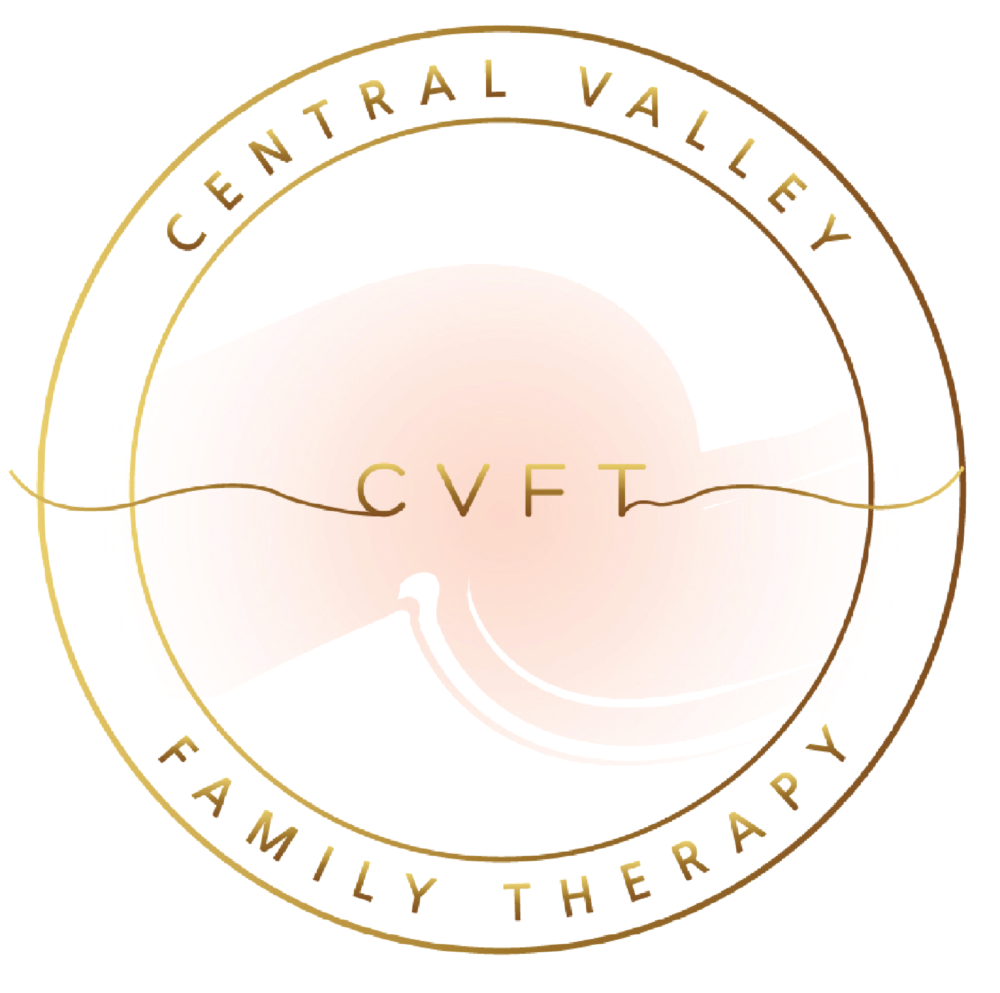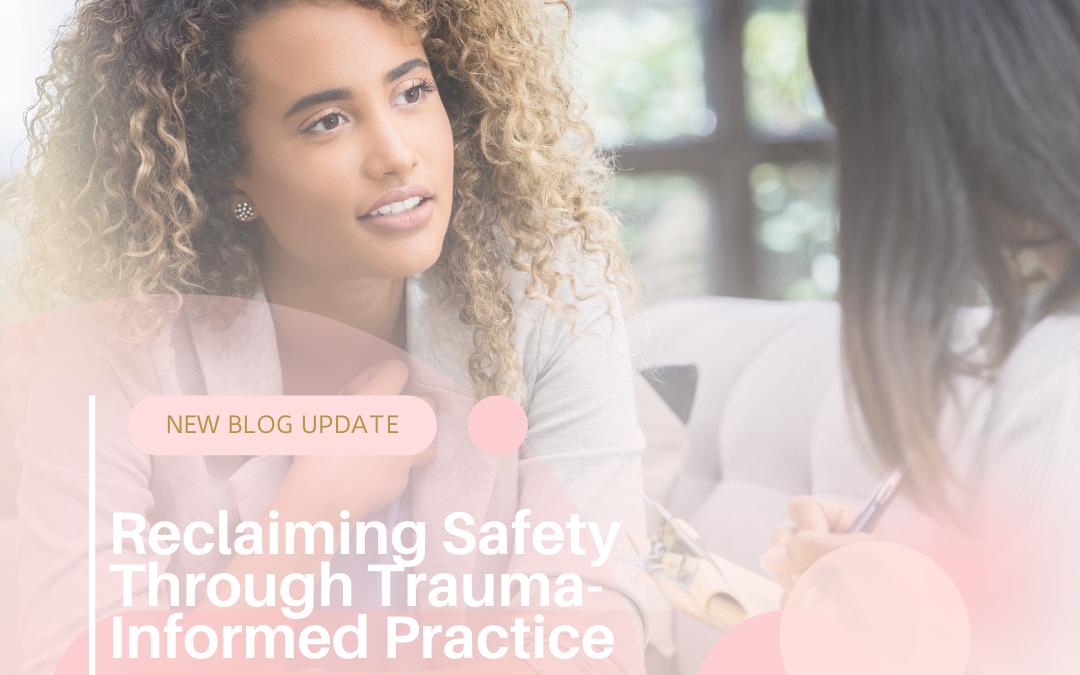For those who have experienced trauma, the world can feel like an unpredictable and unsafe place—even long after the danger has passed. A loud noise, a certain smell, a glance, or even a kind gesture can trigger a deeply rooted survival response. That’s because trauma doesn’t just live in the past—it lives in the body, the nervous system, and the stories we tell ourselves about who we are.
But healing is possible. And it begins with one essential element: safety. Trauma-informed care is a compassionate approach that prioritizes safety, trust, and empowerment. It acknowledges what you’ve been through—and helps you reclaim your body, your voice, and your peace.
Understanding Trauma’s Impact on Safety
Trauma—whether from abuse, loss, neglect, violence, or chronic stress—can rewire your nervous system to stay in constant alert mode. You may:
-
Feel anxious or hypervigilant
-
Shut down emotionally or physically
-
Avoid intimacy or connection
-
Blame yourself for what happened
-
Have difficulty trusting others—or yourself
This isn’t weakness. It’s survival. Your body did what it had to do to protect you. But when trauma responses linger, they can interfere with your present life. Trauma-informed practices recognize these responses and focus on healing without re-traumatization.
What Is Trauma-Informed Care?
Trauma-informed care is not a technique—it’s a mindset. Whether in therapy, schools, workplaces, or healthcare, it shifts the question from:
❌ “What’s wrong with you?”
✅ to “What happened to you?”
At its core, trauma-informed practice involves:
-
Creating physical and emotional safety
-
Fostering trust and transparency
-
Offering choice and empowerment
-
Recognizing cultural, historical, and gender-related trauma
-
Supporting emotional regulation and healing
This approach honors your story while empowering your capacity to heal at your own pace.
How Trauma-Informed Practices Help You Heal
1. Safety Comes First
Before any deep emotional work can happen, your nervous system needs to feel safe. This may include:
-
Grounding techniques (like deep breathing or tapping)
-
Predictable routines or environments
-
A therapy space where your boundaries are respected
Safety isn’t just physical—it’s emotional, psychological, and relational. Trauma-informed care ensures you’re not pressured, judged, or rushed.
2. You’re in Control of Your Healing
In trauma-informed therapy, you’re not a passive recipient—you’re an active participant. You get to say:
-
When you’re ready to talk (or not talk)
-
What tools feel supportive
-
What pace feels manageable
This helps repair the powerlessness trauma often instills.
3. Your Body Is Invited to the Table
Trauma doesn’t just affect the mind—it lodges itself in the body. Somatic practices (like yoga, breathwork, or body scans) help you reconnect with physical sensations in safe and empowering ways. Over time, you learn that your body can be a place of safety—not just survival.
4. Compassion Over Judgment
Many trauma survivors carry shame. Trauma-informed approaches respond with empathy: “You did what you needed to survive.” There is no judgment—only curiosity, understanding, and gentleness.
Examples of Trauma-Informed Practices
Whether you’re working with a therapist or starting on your own, here are some healing practices rooted in trauma-informed care:
-
Grounding exercises to help regulate overwhelm
-
Mindful movement or trauma-sensitive yoga
-
Creating a “safe space” visualization
-
Using a weighted blanket or sensory objects
-
Therapeutic journaling focused on reclaiming your narrative
-
Boundaries practice—saying no, asking for what you need
These tools help rebuild trust within yourself and the world around you.
Final Thoughts: You Deserve to Feel Safe Again
Healing from trauma is not about “getting over it.” It’s about slowly, gently coming back to yourself. It’s about recognizing that your survival strategies once served you—but now, you get to choose something different.
Trauma-informed practices offer you a path forward—one built not on pressure, but on patience. Not on force, but on freedom. Not on silence, but on truth.
You are not broken. You are healing.
And you don’t have to do it alone.


Recent Comments